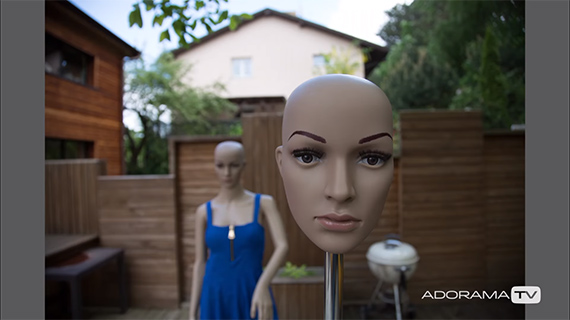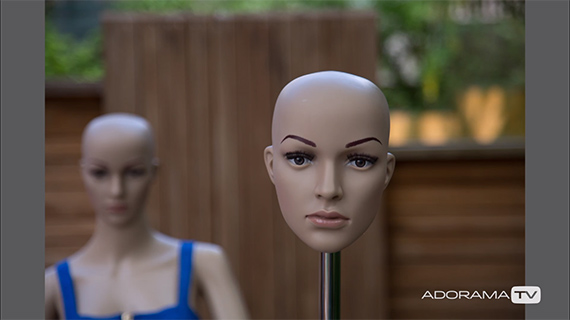A good lens can bring the out the best of the moment and the model. If you’ve been wondering which lens to buy for portrait photography, this video by Mark Wallace is probably what you’ve been waiting for:
Though the decision making process is difficult, you can break it down in a scientific way to arrive at the lens that you absolutely need. For shooting portraits two things are to be considered above everything else: depth of field and field of view.
The general consensus about shooting portraits is that you need a long lens with a wide open aperture–just the opposite of what you might want for shooting street photography. But is it possible to mix the two?
Angle of View and Focal Length
Before we get any deeper, we need to understand something important and that is the angle of view and its relationship with focal length. Focal length has an inverse relationship with the angle of view. The longer the focal length, the smaller the angle of view of the lens. That pretty much means that if you want to fill the frame with a long lens, you won’t have to try too hard. But, if you want to fill the frame with a wide angle lens, you’ll have to get in really close. And that’s what changes the perspective.
The image above was taken at 24mm focusing on the mannequin’s face closer to the camera. Wallace is as close to the mannequin as he can be to make the shot. The face looks quite large compared to the one in the background. (Just for the sake of clarification these faces are of the exact same size.)
The next image was taken from farther back and by physically zooming in with the lens. Now the size of the first face looks closer to the size of the face at the back of the frame.
In a nutshell, when you zoom with your lens, the size of the subjects in the frame enlarge (or contract) in the same proportion in relation to each other. But when you zoom in / out with your feet, the objects closer to the camera enlarge more than the objects in the background.
Now, that you have these information, you can go ahead and experiment with different lenses—not just the standard long lenses for shooting portraits. Even fish-eye lenses can be used for pretty stunning results.
Like This Article?
Don't Miss The Next One!
Join over 100,000 photographers of all experience levels who receive our free photography tips and articles to stay current:








Leave a Reply